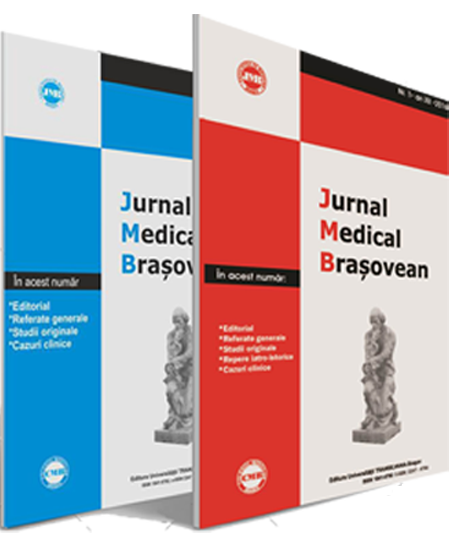Status mioclonic post anoxie cerebrală | [Status myoclonicus after cerebral anoxia]
Keywords:
myoclonus, hypoxia, cardiac resuscitation, study caseAbstract
Neurological consequences post cardiac resuscitation and hypoxia are diverse and could include myoclonus, dystonia, and tremor. In the pathopysiology of this involuntary movements are involved basal ganglia, thalamus, cerebellum and brainstem. These structures are more susceptible to hypoxia. There are data which demonstrate significantly bilateral increase of glucose metabolism in ventrolateral thalamus. Prediction after cardiac arrest has important socioeconomic and ethical consequences. The aim of this study was to present a status myoclonicus after resuscitated cardio-respiratory arrest. A 65 years old patient with asthma presented a cardio-respiratory arrest which was resuscitated. After that, the patient has developed status myoclonicus after 2 hours which lasted 48 hours.Published
2007-04-07
Issue
Section
Cazuri clinice




